Cypress Moon Studios
CYPRESS MOON STUDIOS
1000 Alabama Ave., Sheffield, AL
256-381-5745
By 1978, the Swampers had outgrown the modest concrete building at 3614 Jackson Highway. “As the end of the nine-year building lease approached,” Record World reported at the time, “the opportunity opened up to buy a 31,000 square foot building at 1000 Alabama Avenue overlooking the Tennessee River.” Built in the early 1900s, it had housed a Naval Reserve facility during the 1950s and early 1960s when the Swampers were cutting their teeth as musicians. “The Naval Reserve used to let our local high school… have the space for dances,” Swampers guitarist Jimmy Johnson later recalled. “We actually played our first gigs on the gymnasium floor, where the studios now sit.”
“Our old fraternity bands, The Del-Rays and The Mystics, had played there back before we ever became studio musicians. There was already a great vibe in that building.”
—Jimmy Johnson
The new Muscle Shoals Sound opened for business in April 1979 following an extensive renovation process, with offices built under the supervision of Jimmy’s uncle Dexter Johnson, who had opened the first professional recording studio in the Shoals decades earlier. The facility also housed “tape vaults, a photo lab, a kitchen, lounge, echo chamber, sun deck, offices for artists, and indoor parking.” But the main attraction, of course, was a pair of state-of-the-art recording studios designed and built by Nashville’s Claude Hill. “We tried to marry the best of the old school and the new school philosophies,” Hill told Record World.
“Studio A is large enough to accommodate all the elements necessary, such as strings and chorus, for the complete recording. And Studio B is small enough to keep a more intimate atmosphere.”
—Claude Hill
The move to a larger building facilitated a shift toward producing albums from start to finish “rather than cutting original tracks that would often be finished elsewhere,” according to Carla Jean Whitley’s book Muscle Shoals Sound: How the Swampers Changed American Music. The Swampers even inked a deal with Capitol Records following the move and established their own Muscle Shoals Sound imprint through the label.
Swampers keyboardist Barry Beckett, who had become an accomplished producer in his own right, also established a fruitful partnership with Jerry Wexler of Atlantic Records. Perhaps most notably, Beckett and Wexler produced a pair of albums for Bob Dylan at the new Muscle Shoals Sound. The first of these, 1979’s Slow Train Coming, included the single “Gotta Serve Somebody,” which earned the legendary singer-songwriter a Grammy award for “Best Rock Vocal Performance.”
During the 1980s, as other local studios began to specialize in country music, the Swampers returned to their R&B roots, cutting albums with Bobby “Blue” Bland, Z.Z. Hill, Little Milton, and other artists signed to the Mississippi-based Malaco Records label. But by 1985, when Beckett left for Nashville to pursue his successful production career, the studio’s business had slowed considerably.
“That was really when disco came in. We just didn't adapt. It wasn't natural to us.”
—Jimmy Johnson
Following Beckett’s departure, Malaco bought the studio and hired the remaining three Swampers to manage the facility. “As the industry continued to shift,” Whitley writes, “the recording portion of Malaco’s business became less profitable,” and the label sold the the building to Tonya Holly’s Cypress Moon Productions in 2005.
Today, the building houses Cypress Moon Studios, a film and music production company. Movies produced by the studio include When I Find the Ocean, recipient of five Dove Awards, and The Story of Bonnie and Clyde. Plans in development include a “Moonwalk” Walk of Fame to honor artists, producers, musicians, publishers, writers, directors and actors who have worked at the studio in its various incarnations over the years.
Personnel
Owners:
• Cypress Moon Productions (2005-present)
• Malaco Records (1985-2005)
• Jimmy Johnson (1978-1985)
• David Hood (1978-1985)
• Barry Beckett (1978-1985)
• Roger Hawkins (1978-1985)
Musicians:
• Jimmy Johnson (guitar)
• David Hood (bass)
• Barry Beckett (keyboards)
• Roger Hawkins (drums)
Other Musicians:
• Randy McCormick (guitar)
• Will McFarlane (guitar)
• Kelvin Holly (guitar)
Discography
1978:
• Bob Seger, “Old Time Rock and Roll”
• Joe Cocker, Luxury You Can Afford
• Levon Helm, Levon Helm*
• Tony Orlando, Tony Orlando
1979:
• Bob Dylan, Slow Train Coming
• Bob Dylan, “Gotta Serve Somebody”
• Joan Baez, Honest Lullaby
• George Jones, My Very Special Guests*
• James Brown, The Original Disco Man*
• Dire Straits, Communique*
• Eddie Rabbitt, “Suspicions”
• The Amazing Rhythm Aces, Amazing Rhythm Aces
• Mavis Staples, Oh What a Feeling
1980:
• Bob Dylan, Saved
• Bob Seger, Against the Wind*
• Delbert McClinton, “Givin’ It Up for Your Love”
• Jimmy Buffett, Coconut Telegraph*
• John Prine, Storm Windows
• McGuinn-Hillman, McGuinn-Hillman
• The Amazing Rhythm Aces, “What Kind of Love Is This?”
1981:
• Lenny LeBlanc, Breakthrough*
1982:
• B.B. King, Love Me Tender*
• Bob Seger, “Comin’ Home”
• Glenn Frey, No Fun Aloud*
• Oak Ridge Boys, Bobbie Sue*
1983:
• Bob Seger, The Distance*
• Swamp Dogg, Unmuzzled!*
1984:
• Glenn Frey, The Allnighter*
• Julian Lennon, Valotte*
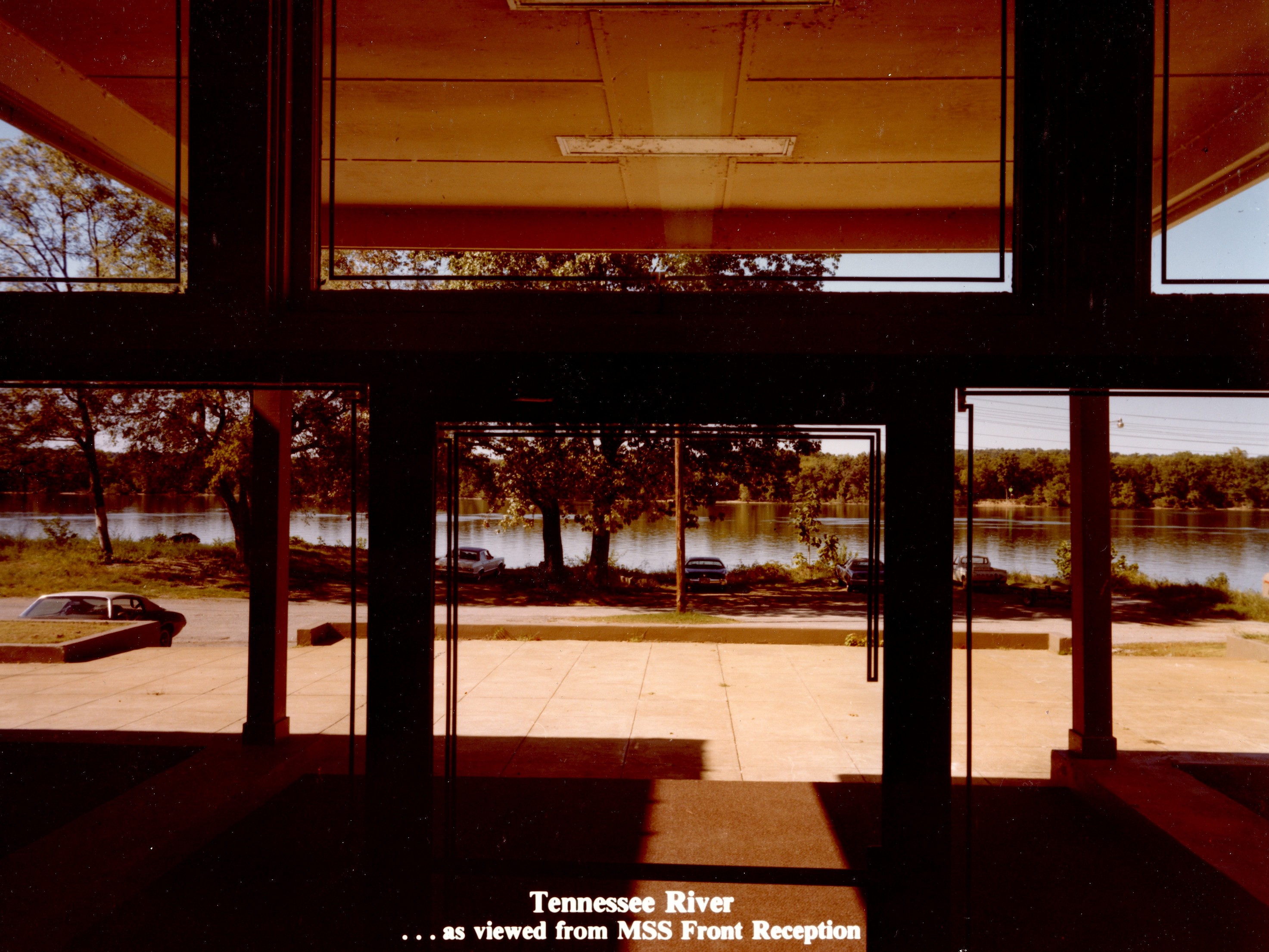
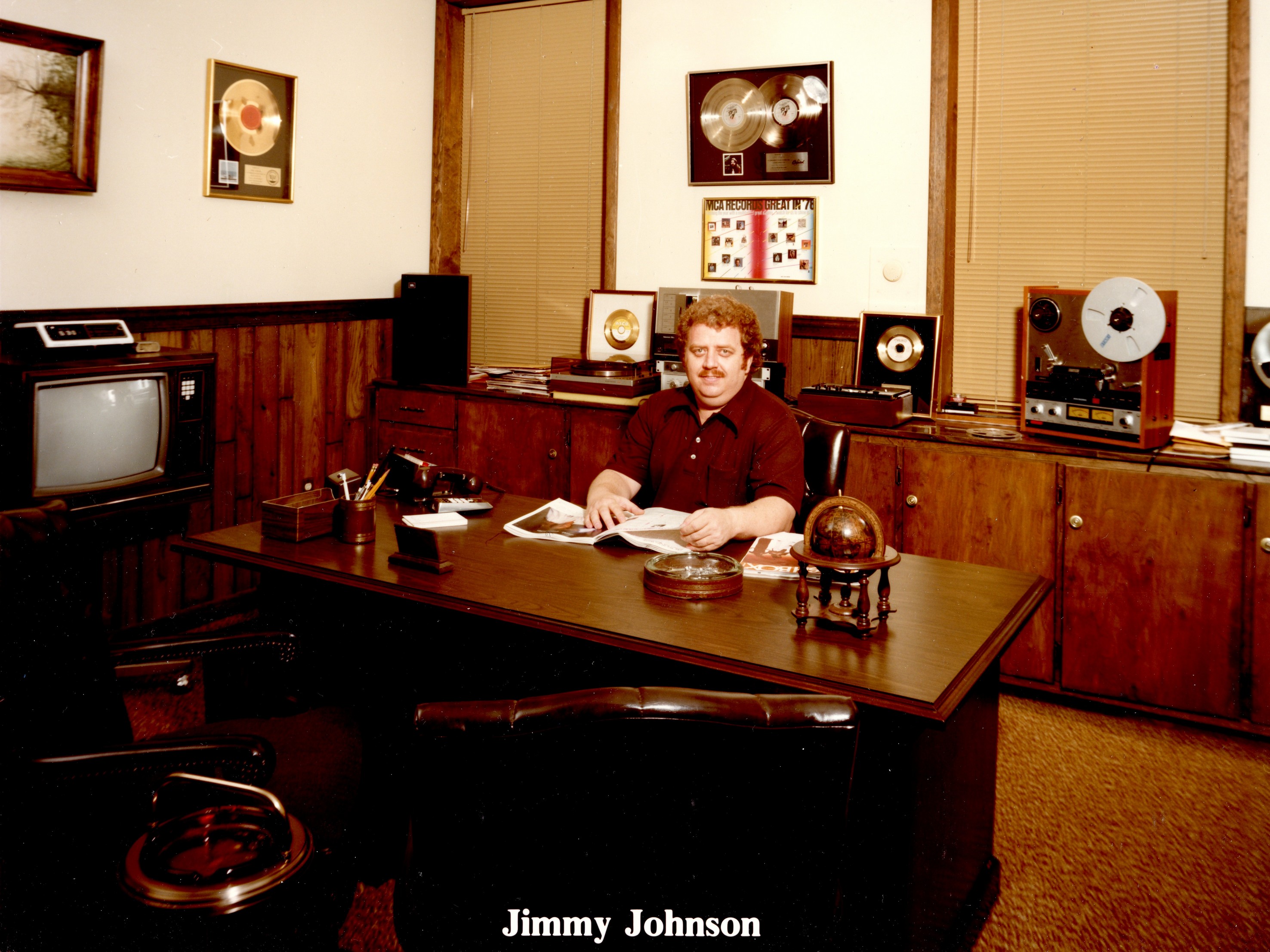
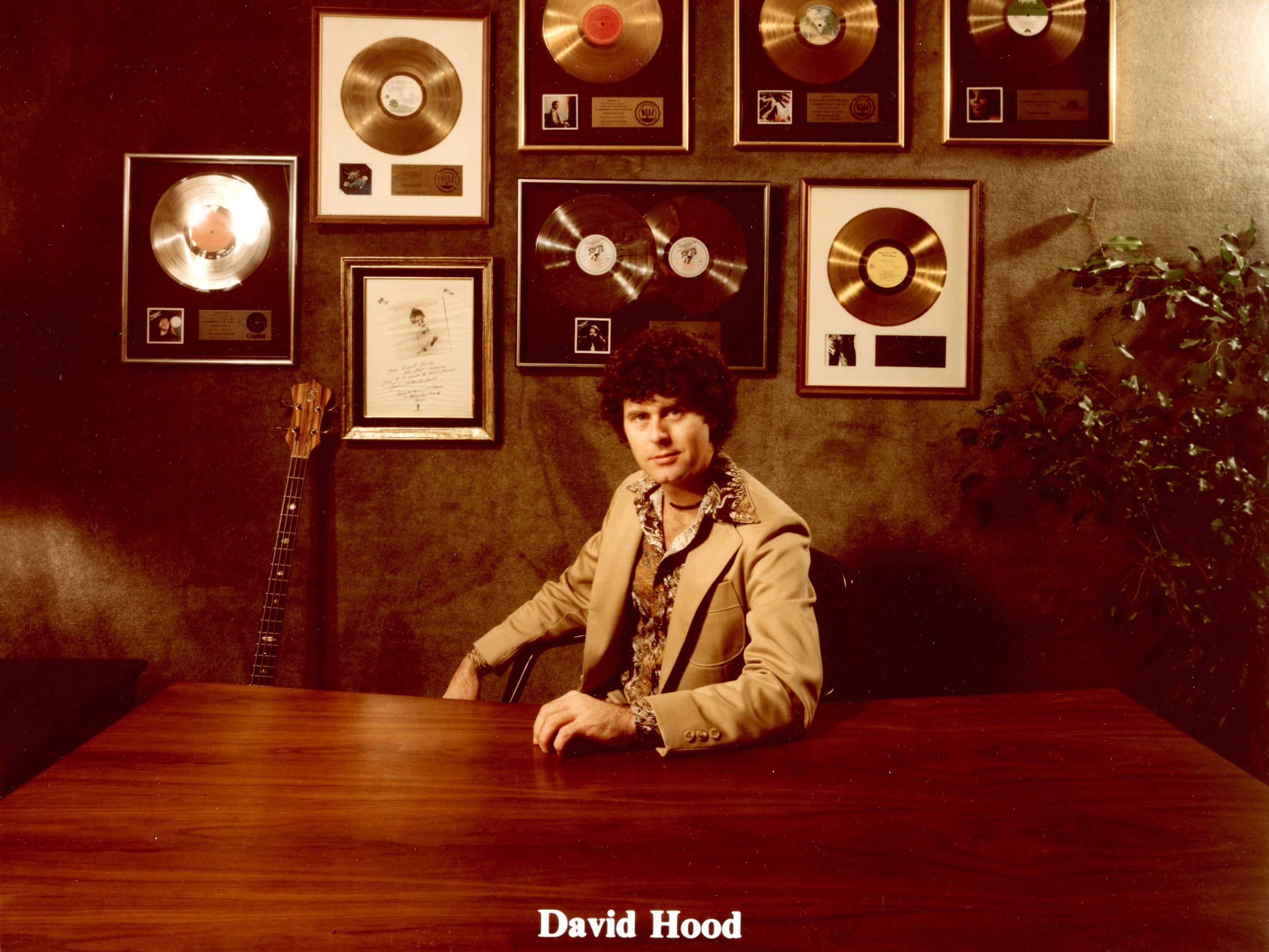
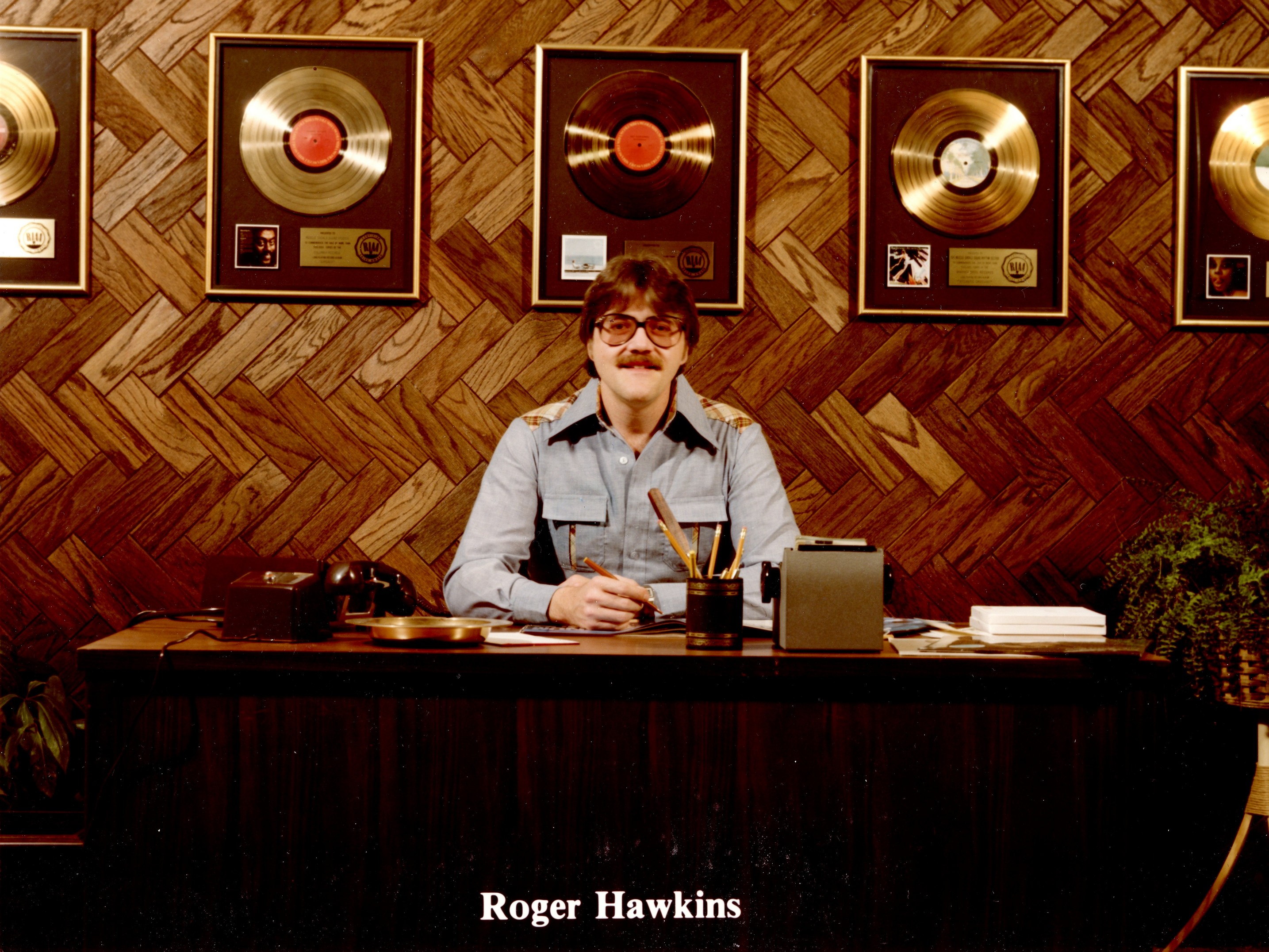
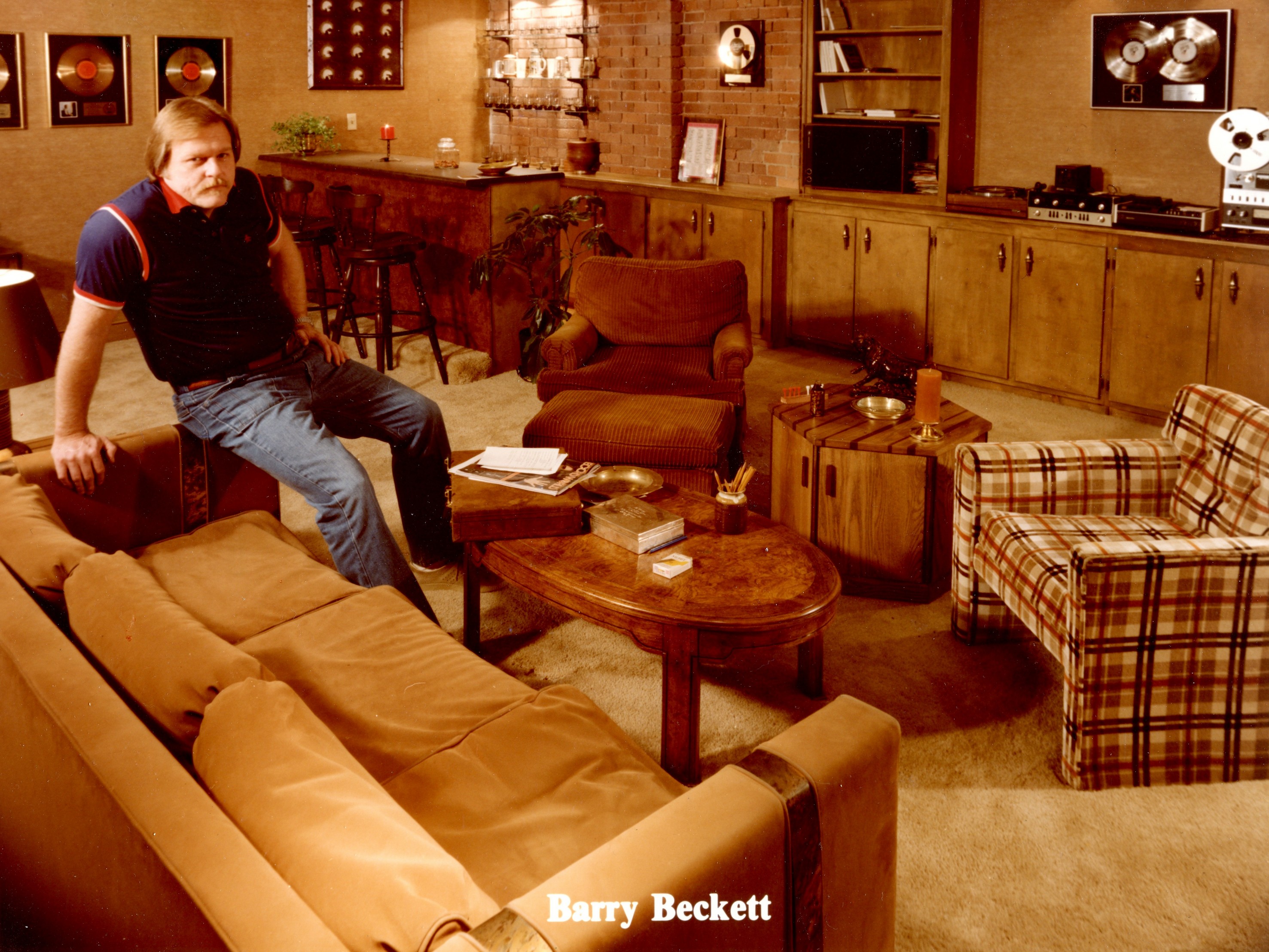
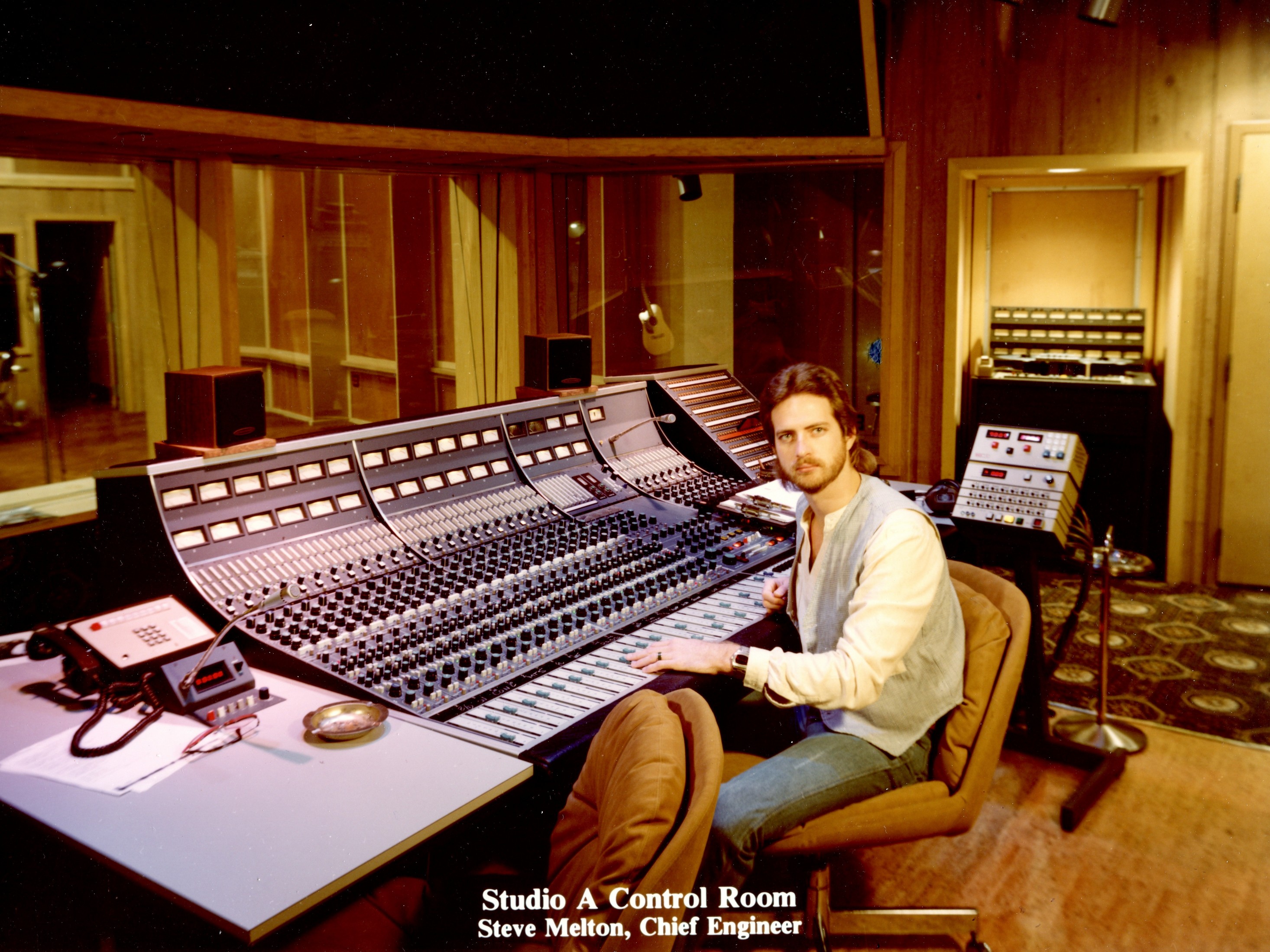
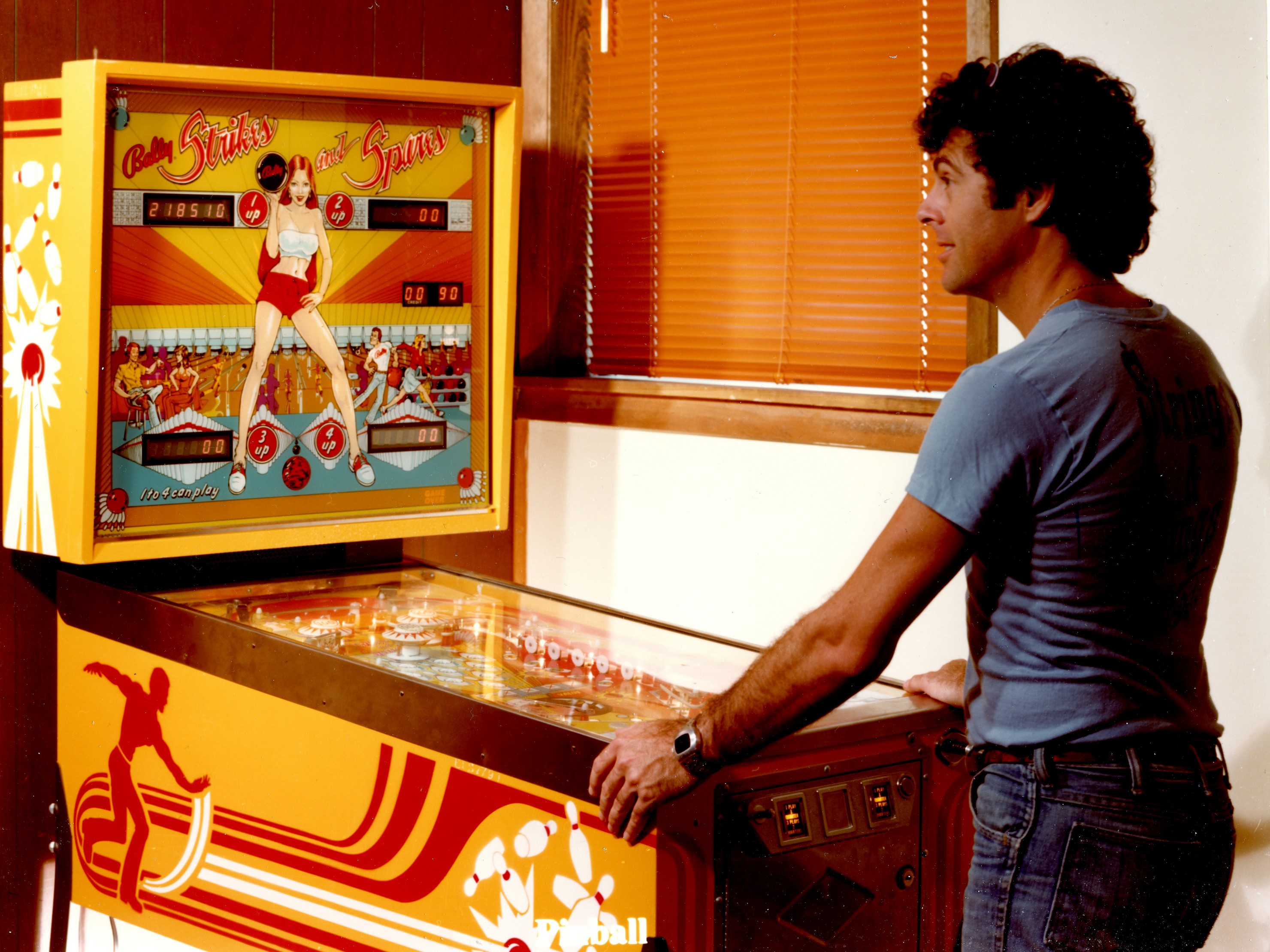
Sources:
Christopher S. Fuqua, Music Fell on Alabama (Huntsville: Honeysuckle Imprint, 1991).
Carla Jean Whitley, Muscle Shoals Sound Studio (Charleston: The History Press, 2014).
Terry Pace and Robert Palmer, Times Daily, August 1, 1999.




